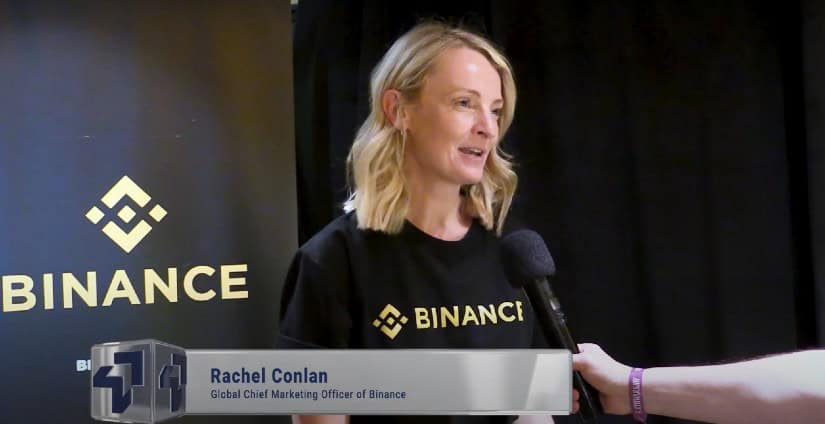The rise of memecoins has put increased pressure on cryptocurrency exchanges like Binance to ensure user security and filter out questionable projects.
Binance CMO Rachel Conlan recently discussed the exchange’s evaluation process at Aus Crypto Con 2024. She explained that Binance reviews the project’s founders, key team members, and roadmaps to assess credibility. Although “community feedback and contributions” are considered important, Conlan stressed that “nothing is guaranteed” regarding token listings.
A “secret research team” at Binance reportedly evaluated various factors, including market trends and community insights, to prioritize projects with perceived value over mere hype. Conlan noted: “We need to focus on innovation and use cases rather than hype. » However, critics say the lack of transparency around Binance’s decision-making process raises concerns about possible bias or inconsistencies.
Memecoin Investment Risks and Volatility
Memecoins have often been criticized for their lack of utility, as many projects are driven by speculative trading rather than practical applications. Conlan acknowledged the negative perception but pointed to emerging memecoins that claim to integrate real-world use cases. “We see memecoins evolving and their true utility becoming a priority for sustainable growth,” she said.

Rachel Conlan, Global Chief Marketing Officer (CMO) of Binance. Source YouTube
Former Binance CEO Changpeng Zhao (CZ) also expressed concerns about memecoins, recently describing the space as “a little weird” in its current state. He called for a greater focus on “real-world applications using blockchain” to move beyond speculative trading and fleeting trends.
Despite these statements, some industry observers believe that Binance’s speculative token listing contributes to the problem by lending credibility to projects with questionable long-term value.
The memecoin market remains highly volatile, with frequent scams and sweepstakes targeting unsuspecting investors. Even though some traders have reaped significant profits, such as a Memecoin based on Solana investor who turned $160 into millions, these cases are exceptions rather than the rule. The potential for high returns has sparked interest but also highlighted the need for exchanges to adopt strict safeguards.
Critics say Binance’s risk assessment process has not always stopped bad actors from exploiting its platform, raising questions about its effectiveness in protecting users. Further complicating user confidence is the exchange’s lack of detailed disclosures on delisting criteria.
Controversies and challenges surrounding Binance
Beyond memecoins, Binance continues to face regulatory control And operational challenges. The exchange’s stablecoin operations, particularly Binance USD (BUSD), have been embroiled in controversies, including legal battles with regulators. These issues have led to a loss of confidence among some users and industry observers.
Additionally, Binance’s efforts to improve consumer confidence, such as its claims that millions more users would be added in 2024, have been met with skepticism. Critics note that trust in the crypto sector remains low and that growth metrics released by Binance may not reflect deeper concerns about transparency and governance.
As memecoins are evolvingthe need for utility-oriented projects has become more evident. Binance’s focus on community feedback and innovation could pave the way for more responsible listing practices. However, addressing criticism regarding transparency, regulatory challenges and risk assessment will be crucial for the exchange to maintain its credibility.
While the memecoin trend highlights both opportunities And trapsit also highlights the importance of balancing innovation and responsibility in a rapidly evolving crypto landscape.

